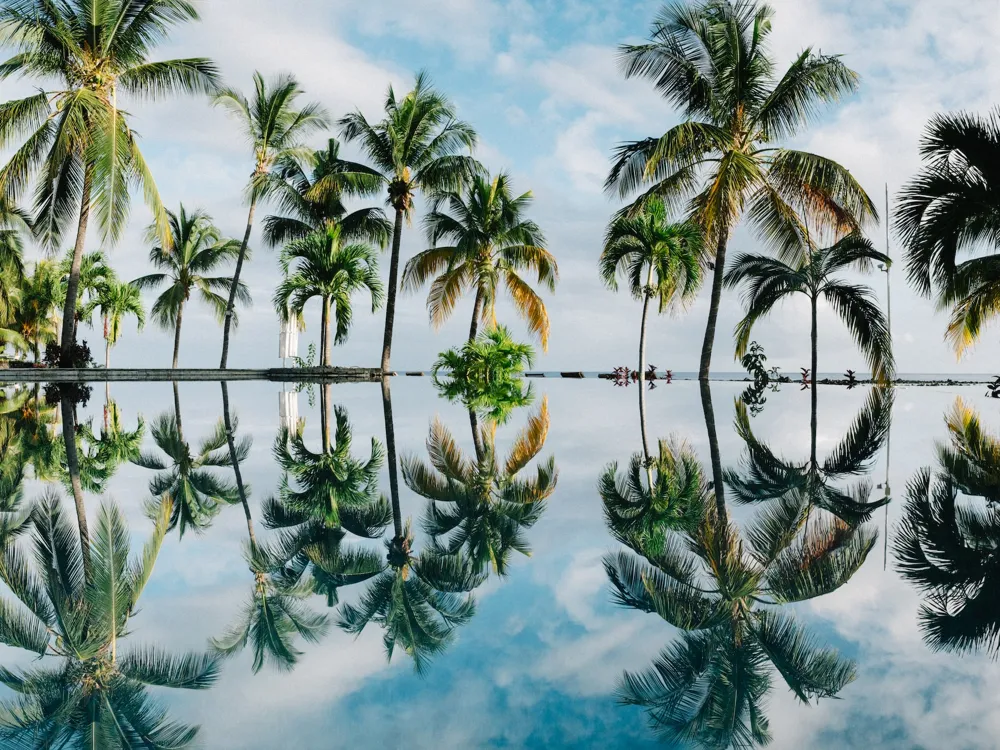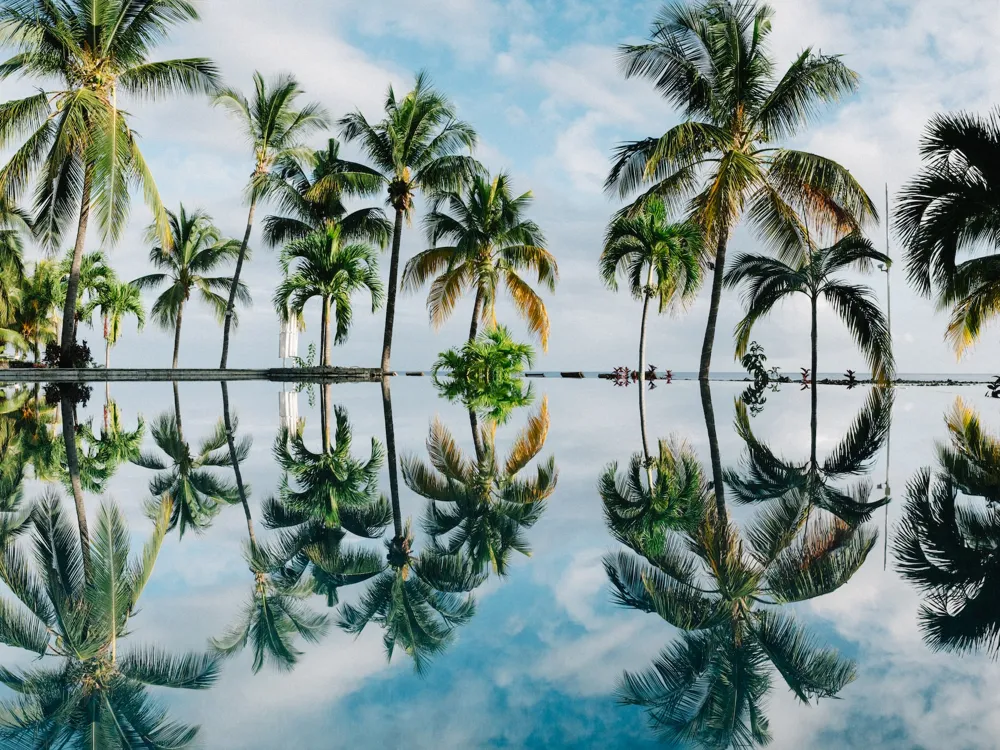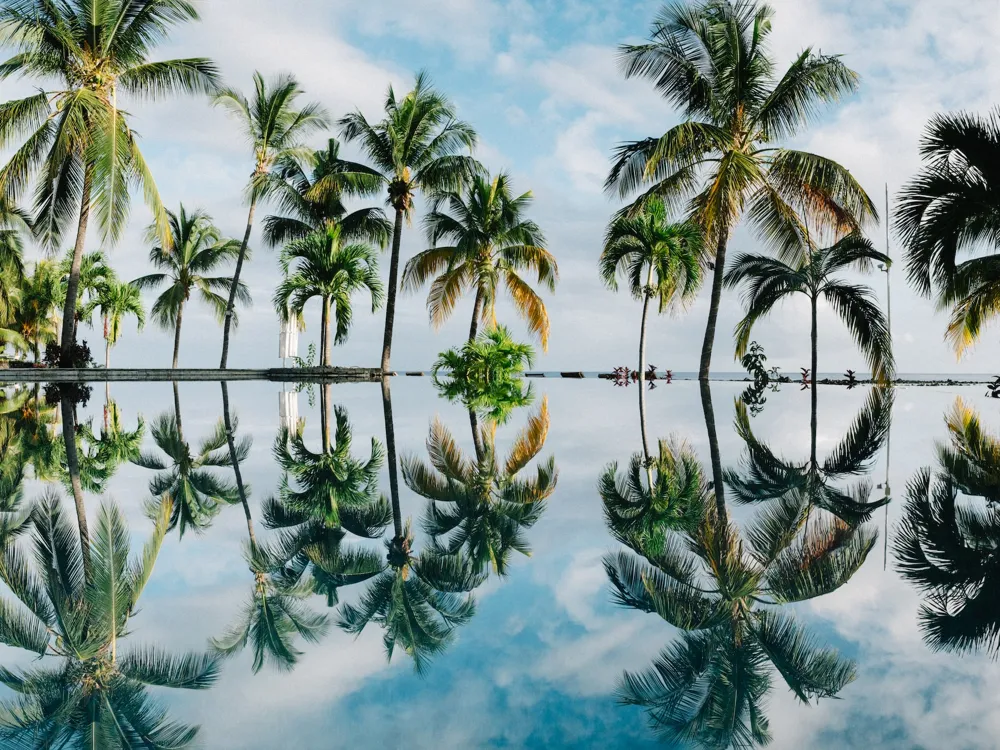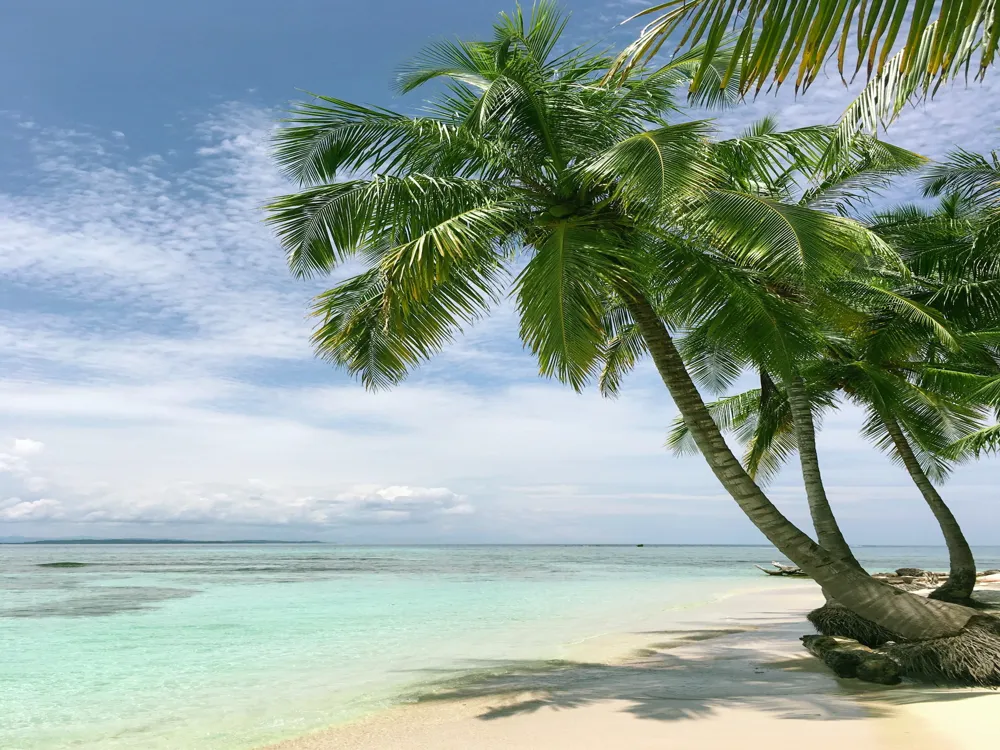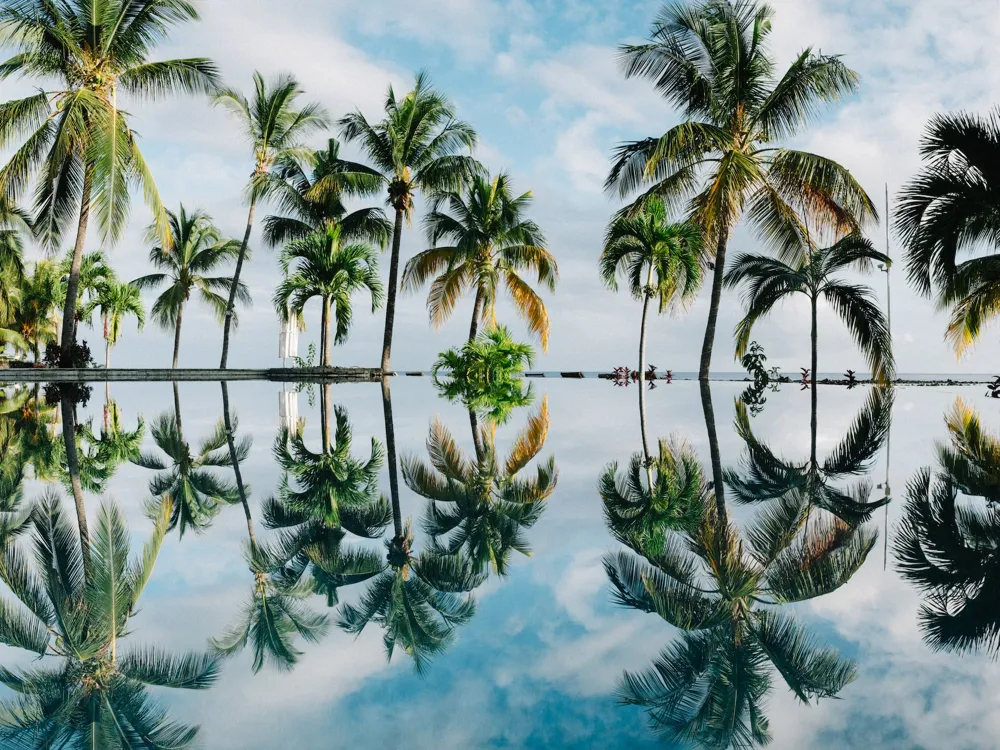Mauritius, a jewel in the Indian Ocean, is renowned for its crystal-clear waters, diverse marine life, and particularly for its dolphin and whale watching experiences. The island's unique geographical location, surrounded by coral reefs and deep ocean waters close to the shore, creates an ideal habitat for these majestic marine mammals. Dolphin and whale watching in Mauritius isn't just a tourist activity; it's an opportunity to connect with nature and witness the awe-inspiring beauty of these creatures in their natural habitat. Dolphins, known for their playful nature and intelligence, are commonly sighted around the west coast of Mauritius. The most frequently encountered species are the Spinner and Bottlenose dolphins. These dolphins often swim in large pods and are known for their acrobatic spins and friendly interactions with humans. On the other hand, whales, including the mighty Sperm whales and occasionally Humpback whales, grace the Mauritian waters, usually spotted further offshore. These gentle giants of the ocean are a sight to behold, with their immense size and graceful movements. The experience of watching dolphins and whales in Mauritius is enhanced by the island's commitment to sustainable and responsible tourism practices. Operators adhere to strict guidelines to ensure the safety and well-being of the marine life and provide an educational experience for visitors. This approach not only protects the dolphins and whales but also enriches the viewing experience for tourists, making it a truly memorable and enlightening encounter. Mauritius is blessed with a rich marine ecosystem that supports a diverse range of marine species. The warm, tropical waters, combined with the abundant food supply provided by the coral reefs, make it an ideal environment for dolphins and whales. The island's location also plays a crucial role, lying on the migration routes of several whale species, which adds to the chances of sightings during certain times of the year. The best time for dolphin and whale watching in Mauritius generally falls between July and October. During these months, the ocean conditions are favorable, and the likelihood of spotting whales, particularly Sperm whales and occasionally Humpback whales, increases. Dolphins, however, can be observed year-round, making Mauritius a fantastic destination for marine wildlife enthusiasts at any time of the year. Mauritius takes pride in its conservation efforts to protect its marine life. The government and various NGOs work tirelessly to implement regulations that ensure the sustainability of wildlife tourism. These efforts include regulating the number of boats allowed in dolphin and whale watching areas, setting strict guidelines for approaching marine mammals, and conducting research and monitoring programs to study and protect these species. The architecture of dolphin and whale watching in Mauritius is a blend of natural beauty, cultural heritage, and modern tourism infrastructure. The island's approach to this activity is designed to provide an immersive experience while respecting the natural habitat of the marine life. Boat tours are the primary mode of engaging in dolphin and whale watching. These tours are conducted on various types of vessels, ranging from speedboats and catamarans to larger cruise boats, each offering a different experience. The design of these boats is focused on maximizing viewing opportunities while ensuring safety and comfort for the passengers. Features like open decks, underwater viewing areas, and onboard educational resources contribute to a comprehensive and enjoyable experience. Modern technology plays a significant role in enhancing the dolphin and whale watching experience in Mauritius. GPS systems, sonar equipment, and communication networks enable tour operators to locate pods of dolphins or whales more efficiently. In addition, photography and videography equipment, including underwater drones and cameras, allow for capturing stunning visuals of these marine creatures, adding a valuable dimension to the experience. Eco-friendliness is a core aspect of the dolphin and whale watching architecture in Mauritius. Tour operators are increasingly using boats that minimize environmental impact, such as those powered by solar energy or hybrid engines. Additionally, waste management and pollution control measures are strictly enforced to preserve the pristine condition of the marine environment. Local communities in Mauritius play a vital role in the dolphin and whale watching industry. Many tour operators are local businesses, providing employment and economic benefits to the communities. These communities are also involved in conservation efforts, educating visitors about the importance of protecting marine life and promoting responsible tourism practices. 1. Choose a Responsible Tour Operator: Select operators who follow ethical practices and respect marine life. 2. Best Time for Viewing: Plan your visit between July and October for the best chances of whale sightings, though dolphins can be seen year-round. 3. Respect Marine Life: Always maintain a safe distance from the dolphins and whales and avoid loud noises or sudden movements. 4. Be Prepared: Bring sunscreen, hats, and seasickness medication if prone to motion sickness. 5. Stay Hydrated: Bring enough water to stay hydrated, especially on longer tours. 6. Listen to the Guide: Pay attention to the instructions and information provided by the guides for a safe and informative experience. 7. Capture Memories: Bring a camera or use your phone to capture the experience, but avoid flash photography. 8. Dress Appropriately: Wear comfortable clothing and consider bringing a light jacket as it can get breezy at sea. 9. Be Patient: Dolphin and whale sightings are not guaranteed, so patience is key. 10. Support Conservation: Consider contributing to local conservation efforts to help protect the marine environment. Reaching the dolphin and whale watching sites in Mauritius is straightforward, given the island's well-developed transport infrastructure. The most common departure points for these tours are located along the west coast, including popular areas like Flic en Flac, Tamarin, and Black River. Visitors can easily reach these locations by car, taxi, or bus from any major town or resort on the island. For international tourists, Sir Seewoosagur Ramgoolam International Airport is the main gateway to Mauritius, with regular flights from various global destinations. From the airport, it's a scenic drive to the west coast, where most dolphin and whale watching tours commence. For those staying in coastal resorts, many hotels and tour operators offer shuttle services to the departure points for boat tours. Additionally, private transfers can be arranged for a more personalized and convenient experience. It's advisable to book your dolphin and whale watching tour in advance, especially during peak season, to ensure availability and a hassle-free experience. Read More:Overview of Dolphin and Whale Watching in Mauritius
The Unique Ecosystem of Mauritius for Marine Life
Dolphin and Whale Watching Seasons in Mauritius
Conservation Efforts in Mauritius
Architecture of Dolphin and Whale Watching in Mauritius
Integration of Technology in Whale and Dolphin Watching
Eco-Friendly Practices in Dolphin and Whale Watching
Role of Local Communities in Dolphin and Whale Watching
Tips When Visiting Dolphin and Whale Watching in Mauritius
How To Reach Dolphin and Whale Watching in Mauritius
Dolphin and Whale Watching
Mauritius
₹ 24,899 onwards
View mauritius Packages
Mauritius Travel Packages
View All Packages For Mauritius
Top Hotel Collections for Mauritius

Private Pool

Luxury Hotels

5-Star Hotels

Pet Friendly
Top Hotels Near Mauritius
Other Top Ranking Places In Mauritius
View All Places To Visit In mauritius
View mauritius Packages
Mauritius Travel Packages
View All Packages For Mauritius
Top Hotel Collections for Mauritius

Private Pool

Luxury Hotels

5-Star Hotels

Pet Friendly












